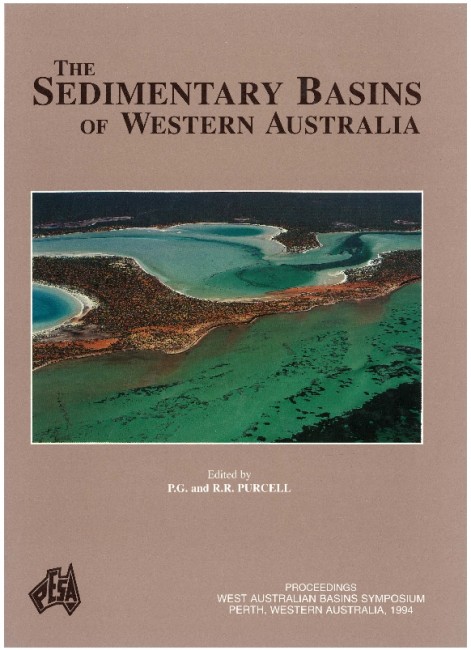Publication Name: The Sedimentary Basins of WA
Authors: B.E.J. Messent, A.K. Goody, E.Collins and S. Tobias
Publication Volume: 1
Date Published: July 1994
Number of Pages: 26
Reference Type: Book Section
Abstract:
The Flamingo Group comprises two second-order cycles, the Lower Flamingo cycle and the Upper Flamingo cycle, which are themselves divided into a total of eight third-order sequences on the basis of integrated seismic and well sequence stratigraphy. The secondorder cycles and third-order sequences are roughly equivalent to Vail's (1977) second- and third-order sequences respectively. The Lower and Upper Flamingo cycles are separated by a major tectonic event, Kimmeridgian to Tithonian in age, which resulted in erosion of a significant portion of the Lower Flamingo cycle. Only the transgressive systems tract of the Lower Flamingo cycle is preserved consisting of one third-order sequence (LF1). In the Upper Flamingo cycle, both transgressive and regressive systems tracts are present, consisting of one third-order transgressive sequence (UF1) and six regressive sequences (UF2-7). The lowstand systems tracts of both the Lower and Upper Flamingo cycles are not seen in the study area, but may be present in the Malita Graben to the north.The lithology and distribution interpreted from our subdivision and mapping of the sequences were used successfully to predict the presence of a shale seal at the base of the Flamingo Group in Fishburn-1 and Billabong-
1. The second-order transgressive systems tracts are dominantly claystone and, where present, they form thick, effective seals. The second-order highstand systems tracts are more sand-prone and were deposited in wave-dominated deltaic to shelfal environments. Variations in total organic carbon are linked to the individual sequences, the richest organic interval occurring at the maximum flooding surface within the Upper Flamingo cycle (UF1). The second-order cycles of the Flamingo Group are interpreted to be tectonically controlled. Systems tracts of these second-order cycles show significant variations from the eustatic curves of Haq et al. (1987). Third order sequences are more complex and are influenced by a combination of sediment supply, eustacy and tectonics.


